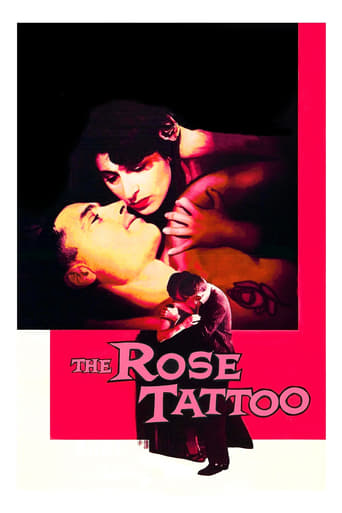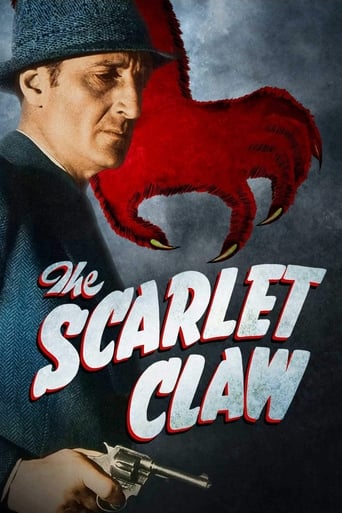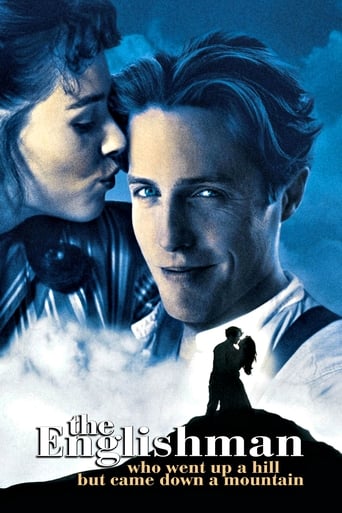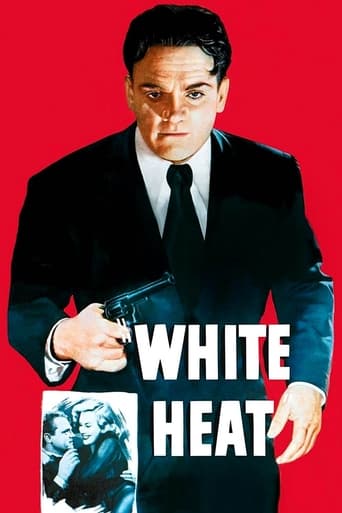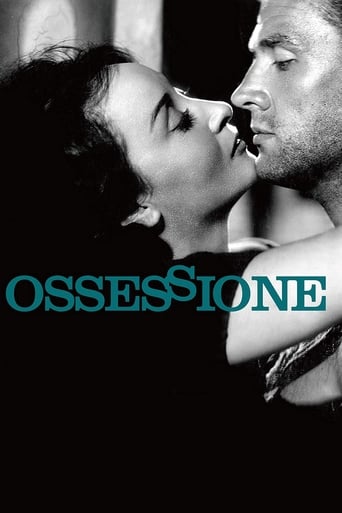


Ossessione
Gino, a drifter, begins an affair with inn-owner Giovanna as they plan to get rid of her older husband.
-
- Cast:
- Clara Calamai , Massimo Girotti , Dhia Cristiani , Vittorio Duse , Juan de Landa


Similar titles
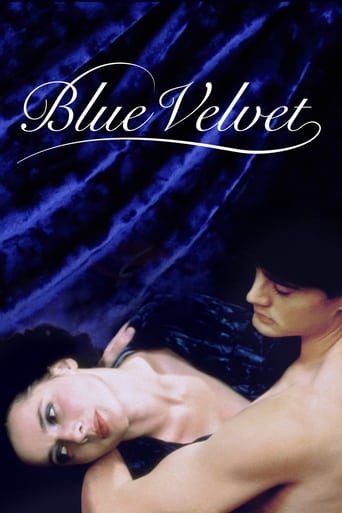
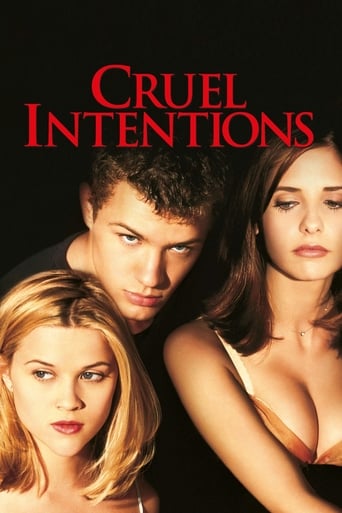
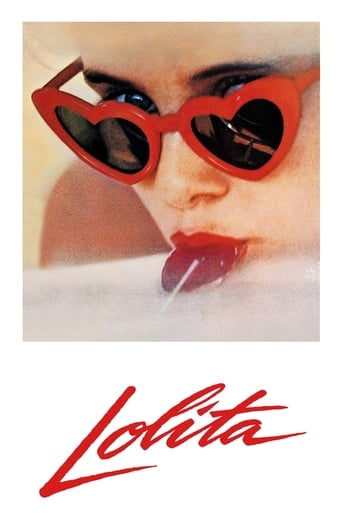

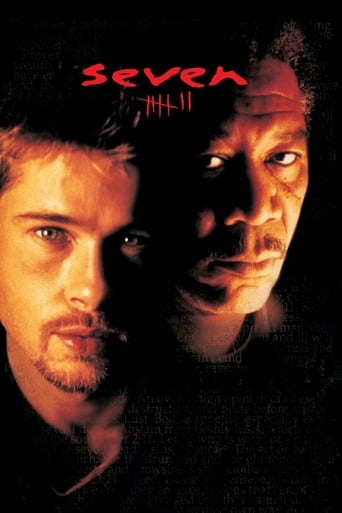
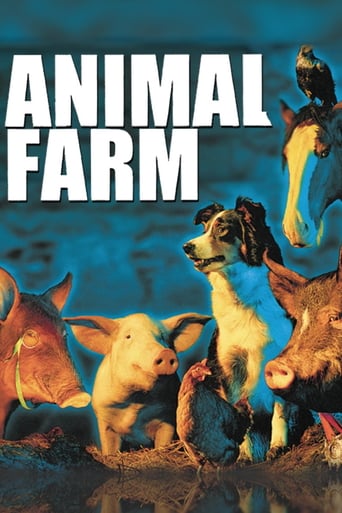


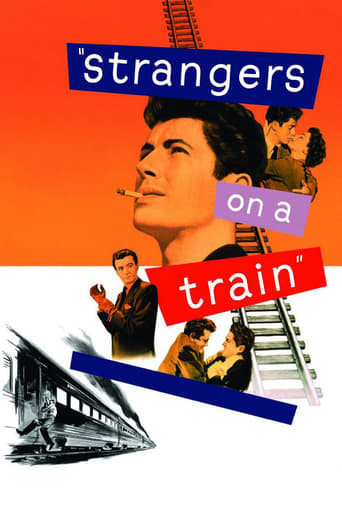
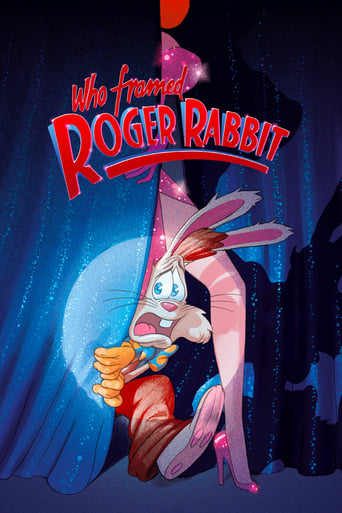
Reviews
Memorable, crazy movie
Expected more
The film makes a home in your brain and the only cure is to see it again.
Exactly the movie you think it is, but not the movie you want it to be.
When people nowadays hear of a 1940s drama, they usually appear to create a distance of irony claiming that it's another tearjerker with great stars in the lead of tragic, melancholic roles. This opinion, however, does not resemble Neorealist movies, in particular this one directed by Count Luchino Visconti. OSSESSIONE as his debut once censored and once cherished as nearly a realistic masterpiece is still loved by some people and strongly criticized by others. The contradictory opinions about the film that have appeared in these 65 years seem to have been caused by the content of the movie itself, exceptionally controversial for modern times as well as the past. At the same time, while being based on the novel by James M. Cain, THE POSTMAN ALWAYS RINGS TWICE, it is one of the most genuine screen adaptations where director remains his own style, view, his own art. I have seen the film twice and the second viewing led me to very detailed analysis part of which I'd like to entail below.First, Visconti's movie seems to touch all psychology and actions that people may do in life, in particular those absorbed by desire. These people make such tragic decisions in spite of terrible consequences they are bound to face. Gino (Massimo Girotti) a traveler with "bear like shoulders" turns up at the crossroad of a motorway near Ferrara and enters the tavern. Although many people go there to have a meal, Gino occurs to get something more - much more: the indefatigable desire of beautiful Giovanna (Clara Calamai) a woman already married to an elderly man who runs the bar, Mr Giuseppe Bragana (Juan De Landa). Her body and her song possess his mind totally and from the moment of their first love, the couple plan to get rid of the old obstacle and build up a new life together... However, are people bound to wrong deeds in face of desire? Can one build love upon murder? What is love and what is loyalty? Does desire lead to a dangerous addiction or even obsession? Such questions intensely arise while watching the movie, when, to the core, the viewer is supplied with an insight into characters. "We have to love each other affectionately" answers Giovanna seemingly giving a cure to all crying conscience but may desirous love justify and cure everything? "Isn't it what we both wanted" says one of the couple... it occurs that it's not. Therefore, the content of the film appears to be very dangerous if not analyzed with intellect and heart. Yet, it constantly remains thought provoking.Second, OSSESSIONE has a very strong point that talks to modern viewers: brilliant moments and marvelous cinematography, which go in pair with memorable sequences and visual power. These make a modern viewer realize that a film made almost 70 years ago is absolutely entertaining to watch. They range from tasteful erotic images to purely technical shots. Who can possibly skip that moment in Ferrara where Gino meets a beautiful girl, a sort of "Ragazza Perfetta" (perfect girl), a dancer Anita and buys her ice cream. His desires show him totally different direction... Do viewers remain indifferent at Gino-Giovanna's first meeting? The first focus of camera is on Giovanna's legs seemingly representing carnal desire over love that Gino experiences. A marvel of shot is Gino and Giovanna leaving the investigation room and the closeup of their shadows that directs our attention towards their suspicious look.Third, OSSESSIONE can boast outstanding performances both from the leading pair as well as the supporting cast. Massimo Girotti once said in an interview that working in this movie had been one of the most difficult jobs he had ever done; yet, consequently, what comes out is a flawless acting. He portrays a bisexual man torn within desires who commits a crime but cannot stand any of the objects that remind him of his victim, which represents conscience. His bisexuality is indicated through the character of Lo Spagnolo (Elio Marcuzzo) whom he meets in very surprising circumstances in the train for Ancona. Clara Calamai, who was cast in the role after eminent Anna Magnani had refused, fits very well to the role and we may claim that there is a true chemistry between the couple. They are both very convincing. Besides, I liked Juan De Langa in the role of Bragana: he portrays an old husband not affectionate to his wife and still crazy about high art. In some of his most witty moments, he asks his wife to wash his back or walks in the empty streets singing his favorite opera songs after sort of karaoke performance.In sum, we, as modern viewers who are capable of critical view, have to look at this film very objectively. It is art for sure thanks to the aspects aforementioned, it is a powerful story as well thanks to the controversy it carries; yet, is it educational? Visconti was not Fellini who said that he did not carry any message for humanity. In such case, his films would only entertain (which is, of course, not entirely Fellini's style, too). Visconti always had something to convey. What did he want to say here? Is the film against bad marriage? Or is it against wrong actions of people absorbed by desire? The final shocking moments say for themselves. Though you don't have to agree with the vision, OSSESSIONE is really a wonderfully realistic film, one of Visconti's best 8/10
Ossessione is in very bad state but is now undergoing a full restoration at Digital Film Lab in Copenhagen. The material used is a "Master positive" 2nd generation originally from the print Visconti managed to hide from the fascists. It has been scanned on the Spirit 4K (as 2K RGB data) then processed using DaVinci Revival restoration software. After this the rest is manual labor and we do not anticipate finishing before early spring. Sometime next year it should be available on DVD and hopefully also released on HD DVD. This film is beautiful and we hope the restoration effort will be enjoyed by many generations to come.
This movie is a ripoff of James Cain's novel, THE POSTMAN ALWAYS RINGS TWICE. Apparently, the director and producer never bothered to pay for rights to this story--perhaps the fact that we were in the middle of fighting the Italians in WWII might account for their forgetting to consider royalties! Despite this, the movie isn't really just an Italian version of the Hollywood movie. In some ways it's a lot better and in other ways, it is definitely not.The three central characters in this movie are really pretty ugly people. In fact, the male and female lovers are a bit icky-looking. The male lead is pretty ordinary except for his profuse body hair (particularly on the back and shoulders) and his lady love is, to put it frankly, unattractive. They are a very, very far cry from Lana Turner and John Garfield in the Hollywood version. And the ill-fated husband is really, really obese and loves to walk around shirtless--and his counterpart in the American film, Cecil Kellaway is definitely better looking (and probably better looking than the other two Italian leads, actually). And this unattractiveness is generally a reason I actually preferred the Italian film--since I just could NOT imagine a finely coiffed "dish" like Lana Turner in the middle of nowhere married to Kellaway--I am 100% sure she would have had dozens of better offers! Whereas, the Italian wife frankly might NOT have been able to do much better and this made the marriage actually believable.Part of the Italian film's believability comes from the blunt way it handles sex. The sanitized American film tries to make you believe that although Turner and Garfield kill Kellaway, they never actually get around to sex! This is pretty silly and totally unrealistic. In addition to the casual sexuality of the film, it's also pretty casual in showing the seamy side of life--with lots of sweaty people, a fly strip hanging over the kitchen table and everyone appeared to need a bath.The movie is also pretty fast-paced compared to the over-long American film. And what you get due to brevity isn't all good. The film lacks a lot of the style and polish of the American film--with grainier footage, relatively poor orchestration and sets. It sure ain't a pretty film, but the Neo-Realistic-like style makes the film seem more realistic. But it cannot make up for the short-cuts in the plot. Many of the plot elements in the later American version are either missing entirely or glossed over. And the ending seems a lot less interesting than the American film--and misses the entire human nature dilemma when Turner and Garfield turn on each other like rats (the best part of the American film).So which is the better film? Well, a lot of this probably depends on you. As for me, the Warner Brothers film was simply too polished and too unrealistic (though many like this style and may dislike watching films with subtitles)--but it packed a great ending. And the Italian film was much, much more realistic--until the crappy ending that seemed too rushed. So neither film is exactly great, but I'd give my nod to the Italian one being a bit better. It's too bad they couldn't have combined the best elements of both films into one exceptional film.
Luchino Visconti's debut film, this Italian noir is generally credited with launching the Neorealist movement—well, it says so right on the back of the box—and is a sometimes penetrating, sometimes lugubrious portrait of lonesome individuals in moral flux. In Fascist Italy, an assortment of characters—including an ingenuous drifter who espouses Communist virtues—embody the remote desperations of a country searching for its identity from without, drifting phantasms longing for a soul. Although Visconti's compassion for the disenfranchised and his ability to express their lamentable conditions was already well-developed, the spider web of deceit here is too tenuous—Gino is so unhinged to begin with that his undoing seems less a matter of fate or manipulation than a self-fulfilling prophesy—the cosmic irony too didactic, the illicit relationship too strained with bathos. All the same, it's incisive and essential, although its actual impact on film history is certainly debatable.

